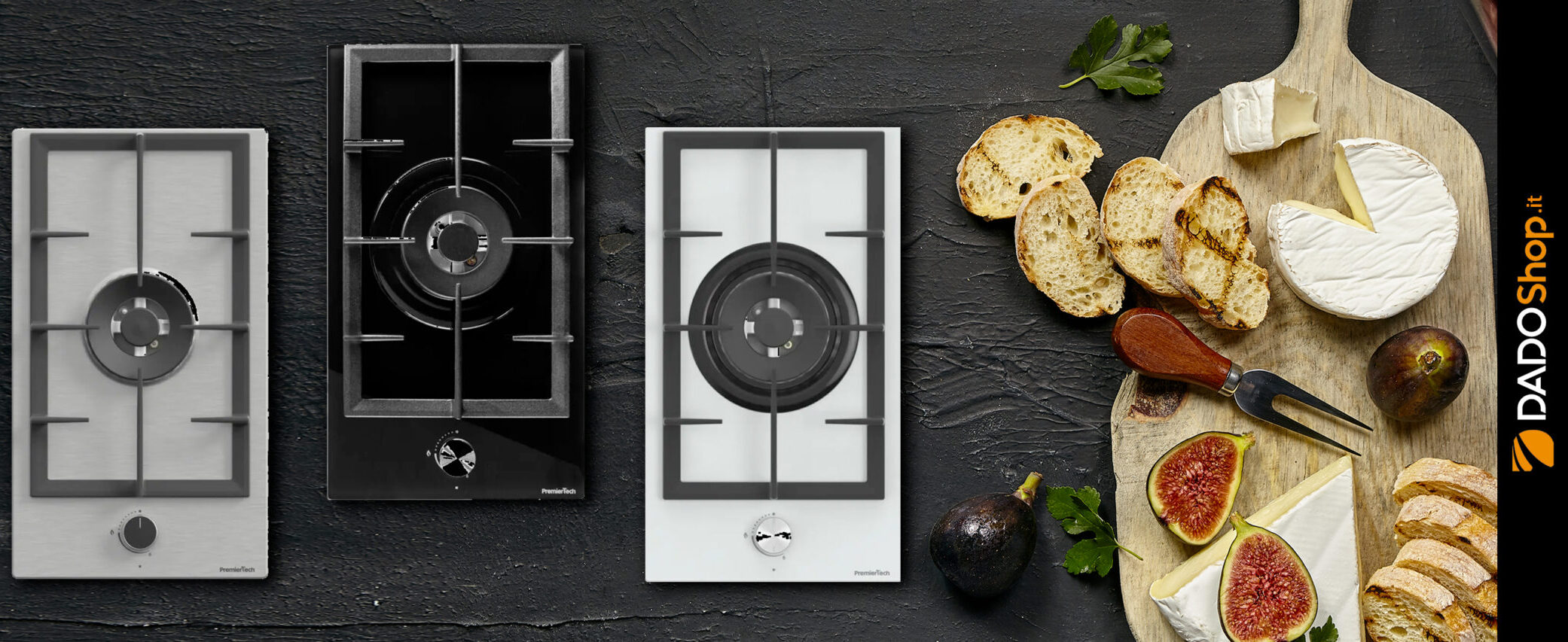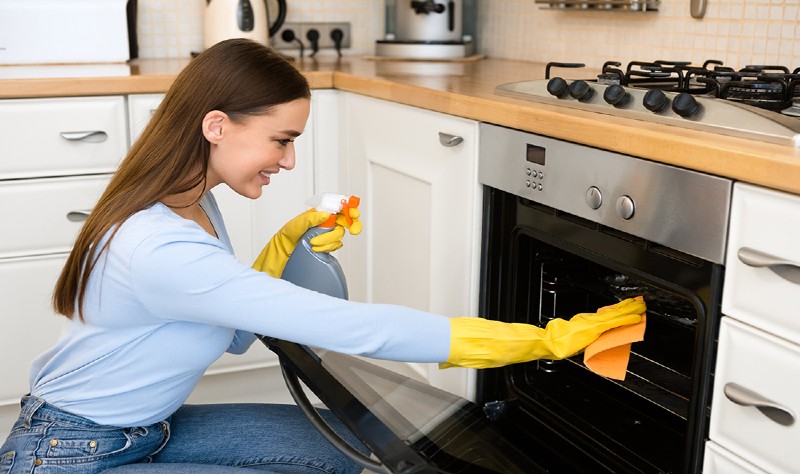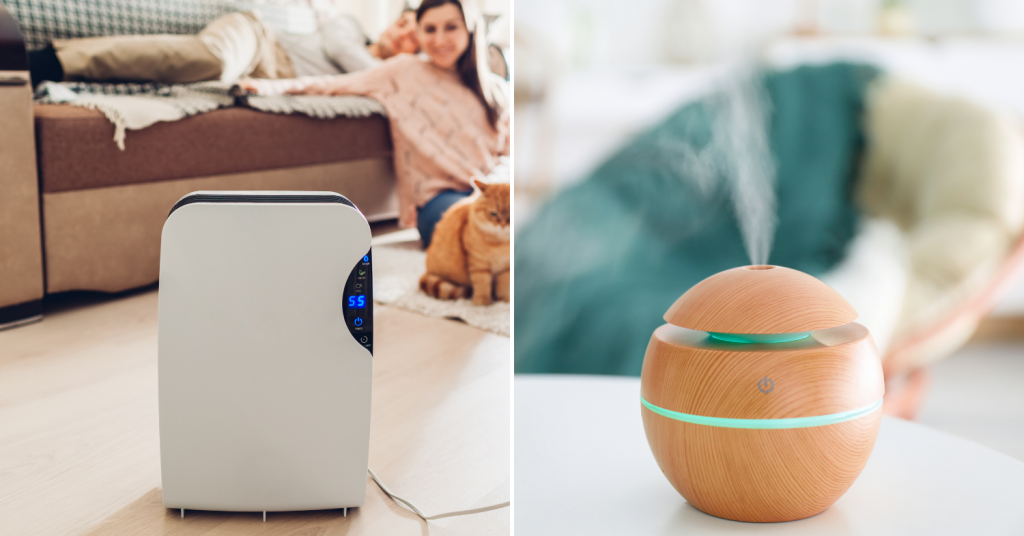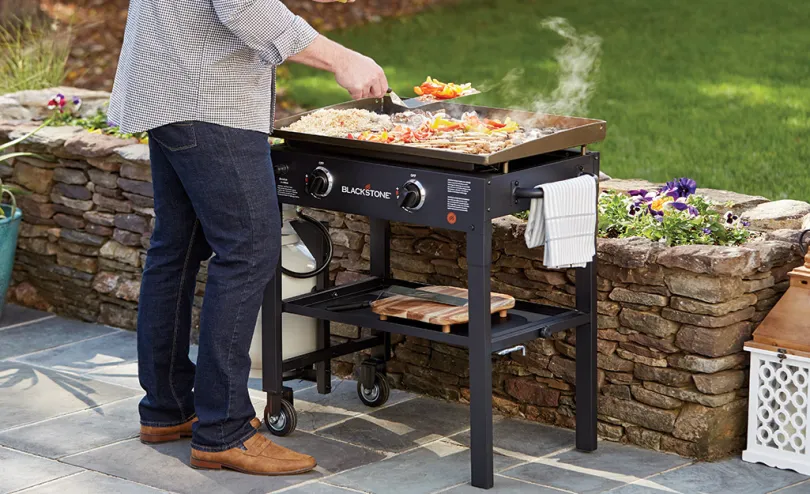Cleaning a Stained Polished Steel Cooktop: General Aspects
Those accustomed to cooking know that, no matter how careful one may be, the cooktop will inevitably get dirty due to boiling liquids, dripping ladles, frying, and much more. When the cooktop in use is made of steel, it is still possible to make it shine again by adopting some precautions and avoiding aggressive and abrasive products that only end up damaging the surface.
DadoShop’s stainless steel kitchen is undoubtedly aesthetically pleasing, but it still requires careful maintenance and cleaning after each use, especially when buildup forms on the burners or flame spreaders.
It should be noted that stainless steel is a resilient material but not indestructible, so it is important to proceed with caution. By performing proper periodic maintenance, you can avoid streaks and irreparable scratches, preserving the shine of the steel for several years.
How to Clean a Polished Steel Cooktop with Stains and Buildup
The first thing to know is that to effectively clean a polished steel cooktop, it is essential to use suitable, non-abrasive, and clean cloths, preferably microfiber. This prevents the appearance of unsightly streaks on the surface, as well as troublesome lime deposits that are difficult to remove and tend to dull the cooktop over time.
When dealing with non-recent and already dry stains, it will be necessary to rub with a specific stainless steel sponge, made with special fibers that do not leave scratches (the classic yellow/green sponge, always used with the yellow side to avoid scratching the surface). In case of narrow spaces, you can use a soft-bristle toothbrush.
Regarding the choice of detergents, here too, you should opt for specific and gentle products (neutral soap for daily cleaning, and for stubborn buildup, use Cif 100% Natural Cream), capable of not causing stains and ensuring thorough hygiene.
Today, it is quite easy to find sprays, thick creams, and a complete range of products for polished steel on the market. Furthermore, to give a shine to the steel cooktop, DadoShop recommends periodically using 3M SSC Stainless Steel Cleaner & Polish.
Always avoid the use of detergents with chlorine-based formulations or other derived compounds, such as muriatic acid or bleach. Unsuitable are also detergents used for unclogging drains and treating materials such as terracotta or marble. Solutions of this kind can indeed damage the steel surface, even creating stains that are impossible to remove.
Cleaning the Burners and Flame Spreaders
Once the cleaning of the polished steel cooktop is completed, move on to the thorough maintenance of the burners and flame spreaders. The burners are what allow the spark to ignite, while the flame spreaders distribute the heat.
In order to avoid the buildup of black residues, DadoShop recommends regular cleaning of these elements should not be neglected. For this purpose, you can prepare a mixture with warm water, baking soda, and vinegar, letting it soak. After about 10-15 minutes, you can rinse and wash with mild soap, rubbing with a non-abrasive sponge, and drying thoroughly with a clean cotton cloth (this process may need to be repeated several times to achieve a good result).
It is recommended not to leave the burners wet, as this could lead to the formation of hard-to-remove stains caused by limescale, and it could also compromise the correct ignition of your cooktop. Please note that accessories such as grids, burners, and flame spreaders should not be placed in the dishwasher, as they may deteriorate quickly due to the aggressive dishwasher detergents.
Stained Polished Steel Cooktop: Other Things to Know
Daily cleaning of your stainless steel cooktop prevents the accumulation of stubborn grease and preserves the shine of the finish over time. Before proceeding with maintenance, DadoShop advises to read carefully what is reported in the user manual of the cooktop or the manufacturer’s recommendations to be sure about the products to use.
One of the most common mistakes often made during cleaning is spreading granular products or abrasive pastes on the cooktop, thinking that this will quickly remove stains. The same goes for non-soft sponges, which ultimately clean poorly and leave visible scratches.
In any case, it is always a good practice to prefer detergents specifically designed for stainless steel, preferably containing natural ingredients such as vinegar, baking soda, or lemon. Gentle products take care of the stainless steel cooktop, thoroughly sanitizing it without damaging the finish.
Tips for Stainless Steel Cooktops
In addition to proper cleaning, to restore shine to stainless steel cooktops, it is recommended to use a stainless steel cleaner and polish from 3M SSC, which will create a protective layer on the surface of the cooktop.
To Prevent and Clean Stubborn Stains on Stainless Steel Cooktops
To prevent the formation of stubborn dirt, DadoShop recommends cleaning the burners, flame spreaders, and grids daily, using a natural neutral product such as Cif 100% natural cream lime and a simple soft sponge. The procedure to follow for removal is as follows:
1. Use a pot to pour water and a glass of white wine vinegar.
2. Immerse the burners, flame spreaders, and grids separately.
3. Ignite the fire and wait for the contents in the pot to boil.
4. Let it boil for 4-5 minutes.
5. Soak for a few minutes.
6. Using a sponge and Cif (natural cream), you can clean by rubbing patiently until the stubborn dirt is removed.
For the most stubborn parts, we recommend pouring baking soda and lemon juice into a bowl and using the resulting mixture for removal. For components like aluminum burners or other hard-to-reach parts, use a toothbrush to help. After rinsing, it may be necessary to repeat another cleaning cycle.

















